
Bangladesh?s Worst Industrial Accident: Scenes From a Terrifying Tragedy

Musings by Shahidul Alam

They said I would need a mask. ‘The smell’ they said. It was five days into the accident.
But it was no accident. A building built illegally, of faulty construction, showing signs of rupture, had been made their prison. It eventually became their grave. More money needed to be made.
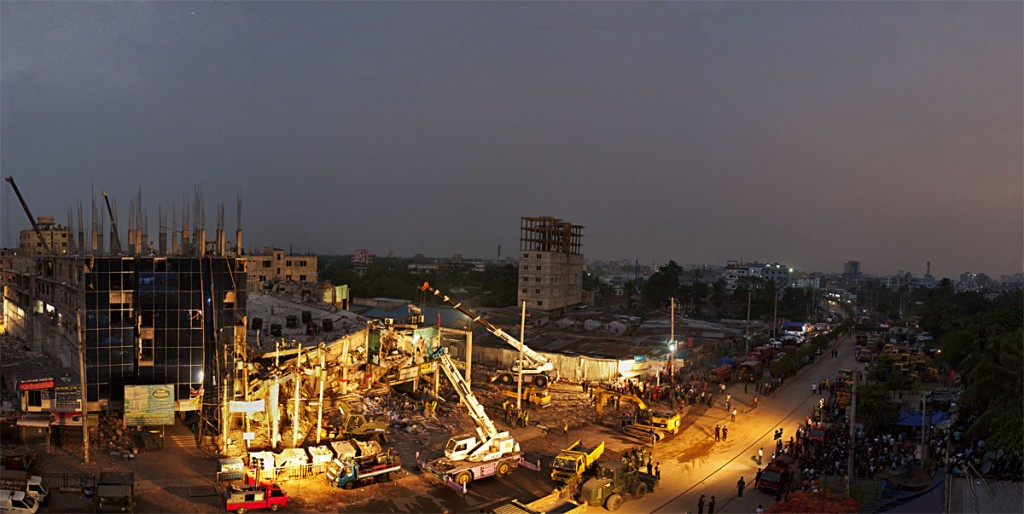
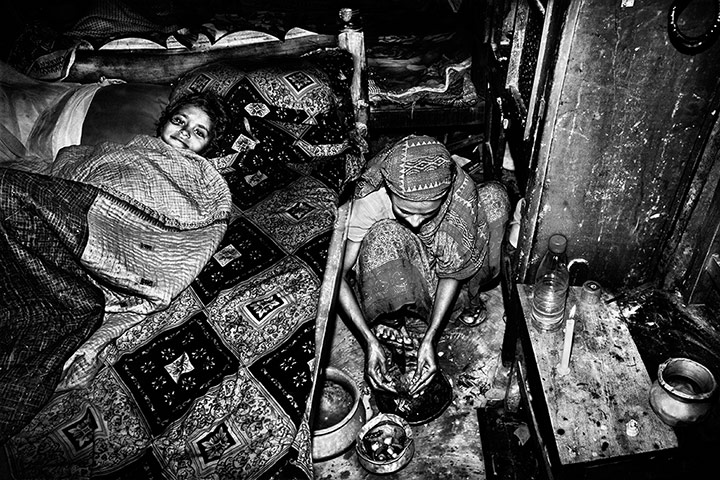
Continue reading “Inside Bangladesh's garment factories: life and work in a dangerous industry”
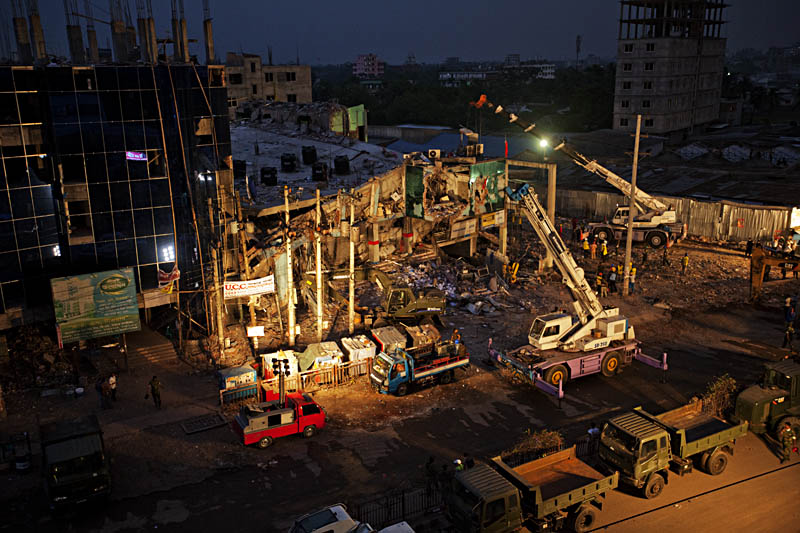
(In Bangla)?Interview of rescue volunteer Mohammad Ferdous at Rana Plaza from Shahidul Alam on Vimeo.
(In Bangla) Volunteer rescue worker Mohammad Ferdous breaks down in tears as he recalls how he had to saw off a hand of a trapped worker in order to free her from the wreckage of Rana Plaza where around a thousand workers are still reported missing. Pity we still can’t use youtube as it is still banned in Bangladesh.
Seven hundred workers have died in factory fires in Bangladesh since 2005, including the 112 who burned to death or jumped to their deaths at the Tazreen factory on November 24th. Now hundreds more bodies are being pulled from the rubble of the Rana Plaza building, in an industrial district 18 miles from Dhaka.
At Tazreen the owners didn?t build fire escapes. They?d locked the doors on the upper floors ?to prevent theft,? trapping workers in the flames.
At Rana Plaza, factory owners refused to evacuate the building after huge cracks appeared in the walls, even after safety engineers told them not to let workers inside. Continue reading “Who Pays the Real Price of Your Shirt?”
Factory executive returns unscathed after two days ?in hell?
 Sabiha Sultana Mukta after her rescue on Friday
Sabiha Sultana Mukta after her rescue on FridayIt’s past midnight now, I took a shower after returning home but it refuses to go away.
I can smell it on my wet hair as strands blow over my face while the fan whirs above. I can smell it on my nightwear and, as I rest my chin on my clasped hands, I can smell the stench of rotting corpses and bloated bodies which stretches from Rana Plaza to Adhar Chandra school grounds in Savar ? rise up from my fingers.
It has not only come home with me, all that scrubbing as I showered has proven to be of little use.
It is not the dead workers who are to be blamed. The stench rises from, as Vijay Prasad puts it, the terror of capitalism.
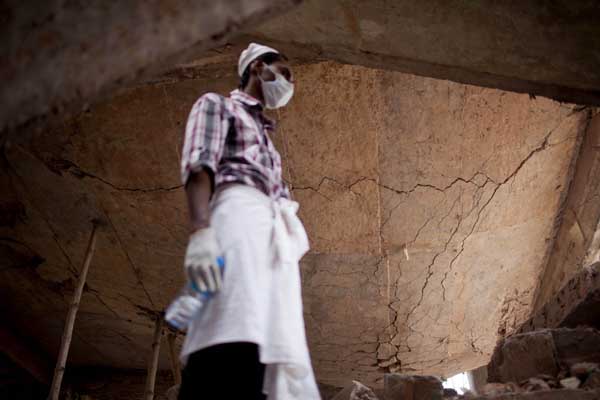
Continue reading “MASS MURDER AT SAVAR”
Kazi Azizul from Linkedin group:?Bangladesh Business Discussion
Latest count 261 dead, 371 missing. bdnews24.com 4:00 am GMT.
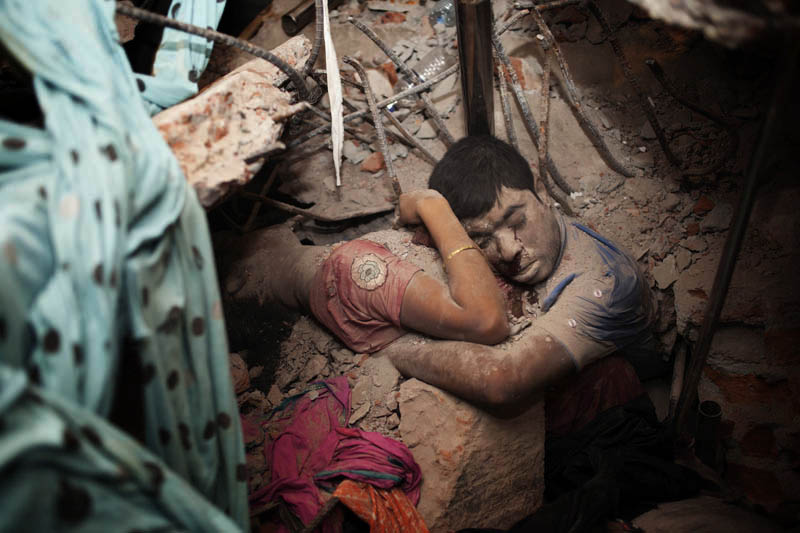
Wednesday, 24 Apri: The Clean Clothes Campaign, along with trade unions and labour rights organisations in Bangladesh and around the world is calling for immediate action from international brands following today’s collapse of the Rana Plaza building in Savar, in Dhaka Bangladesh. The collapse of the eight story building, covering three factories and a mall, cost the lives of at least 82 people and injured over 800.
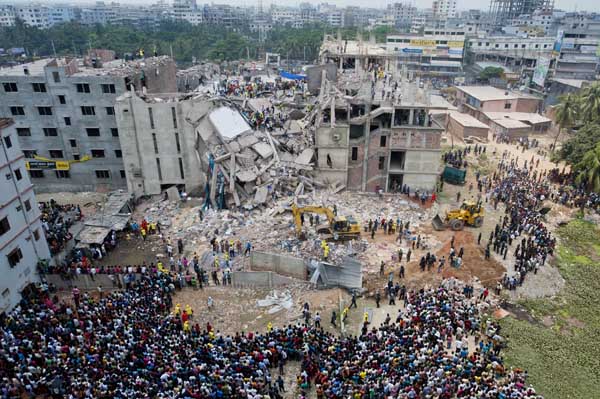
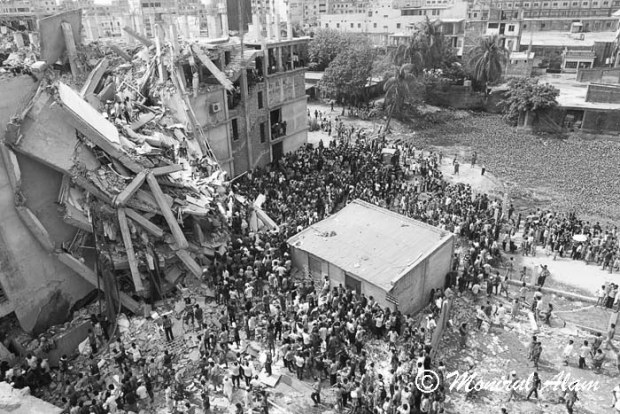
Activists today managed to enter the ruins of ‘Rana Plaza’ and found labels linking major European retailers to this latest tragedy: Spanish high street brand Mango and British Primark. Rana Plaza also produced for a host of well known European and US brand names including C&A, KIK and Wal-Mart. These brands were also involved in the fire at the Tazreen factory, not far from Savar, where 112 workers died in a fire exactly five months ago. German costcutter KIK was also involved in the Ali Enterprises fire in Pakistan, where nearly 300 workers burned to death last September.
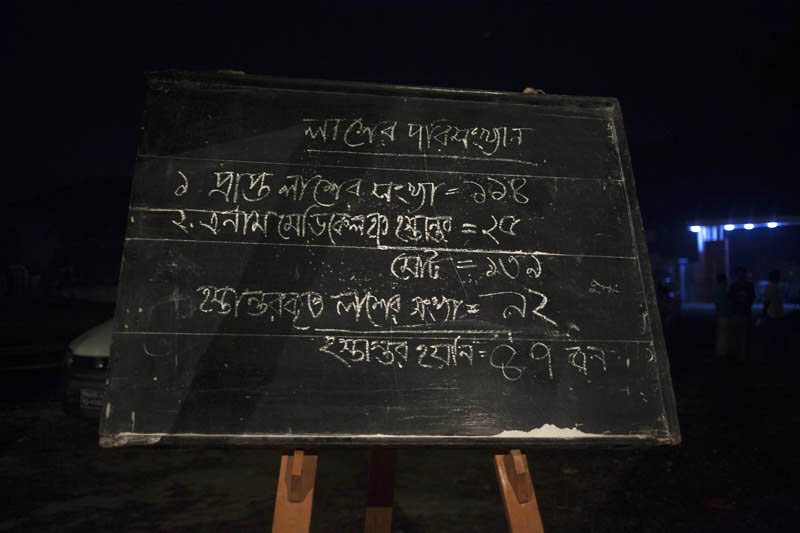
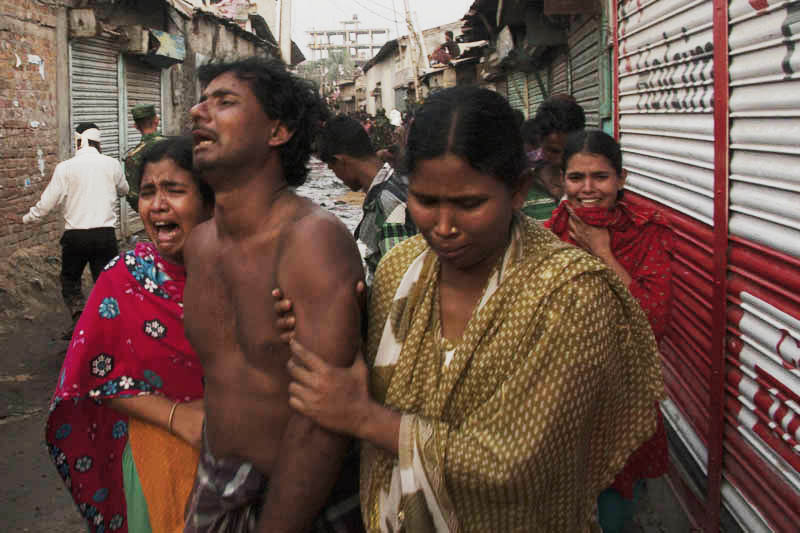
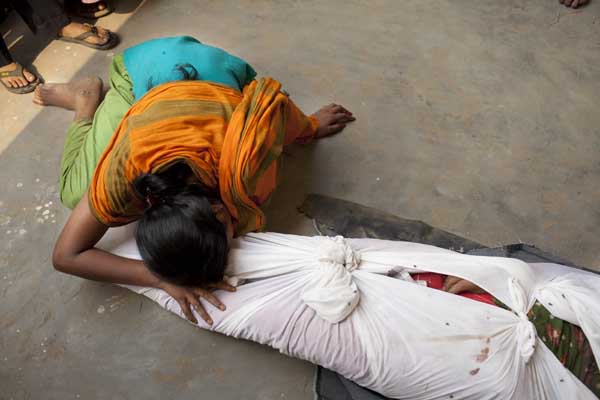
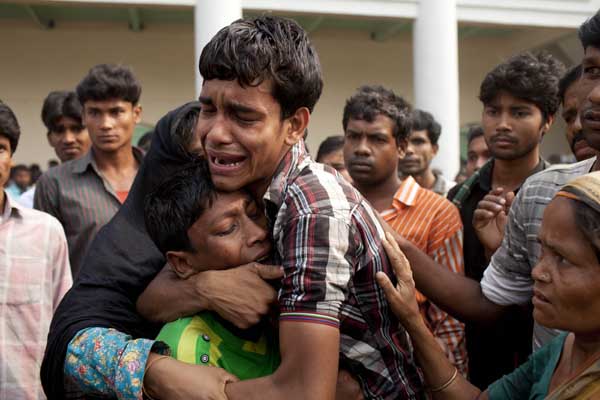
The killed and injured workers were producing garments for when their factory ? with allegedly illegally built floors – suddenly gave way with a loud sound, leaving only the ground floor intact. This latest collapse provides yet further evidence that voluntary company led monitoring has failed to protect workers? lives. Labour rights groups say unnecessary deaths will continue unless and until brands and government officials agree to an independent and binding fire and building safety program.
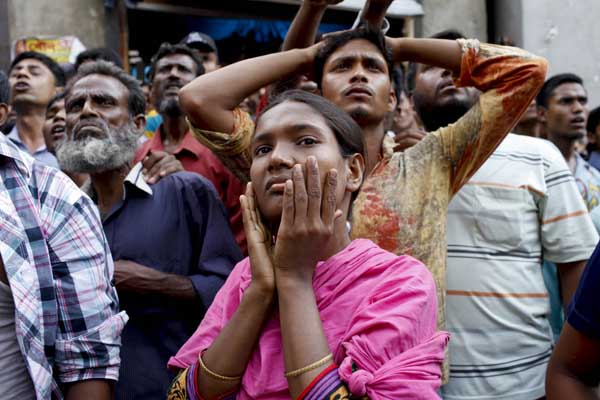
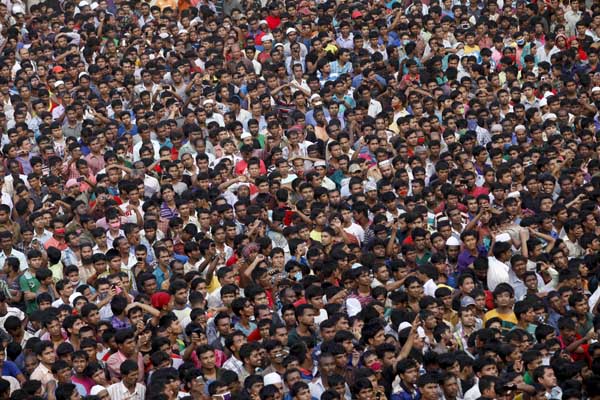
?It’s unbelievable that brands still refuse to sign a binding agreement with unions and labour groups to stop these unsafe working conditions from existing. Tragedy after tragedy shows that corporate-controlled monitoring is completely inadequate,? says Tessel Pauli from Clean Clothes Campaign.
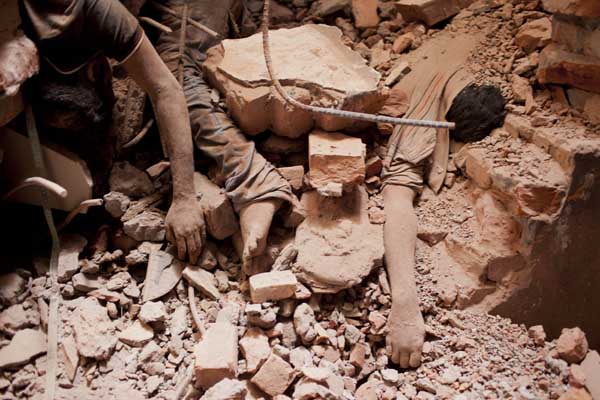
She adds: ?Right now the families of the victims are grieving and the community is in shock. But they, and the hundreds injured in the collapse, are without income and without support. Immediate relief and longterm compensation must be provided by the brands who were sourcing from these factories, and responsibility taken for their lack of action to prevent this happening.?
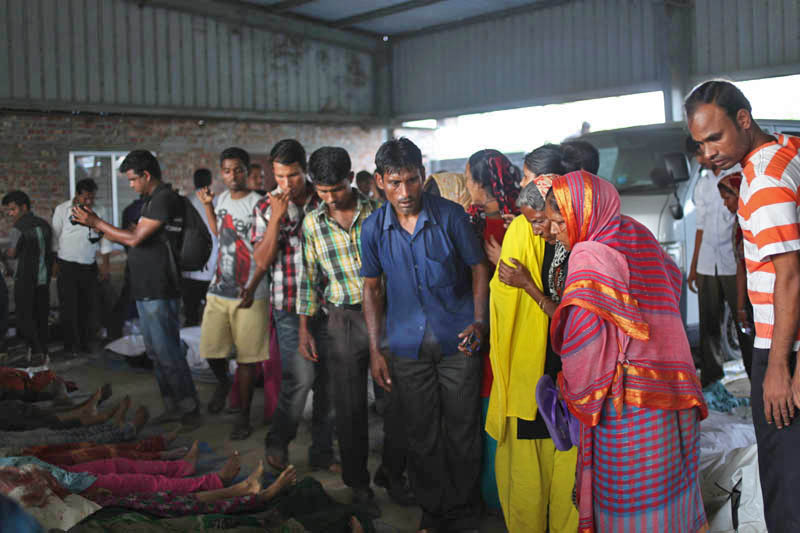
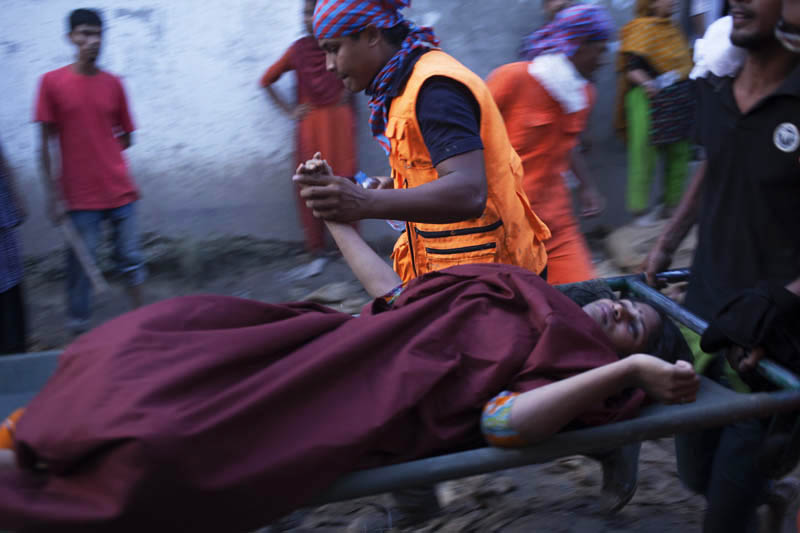
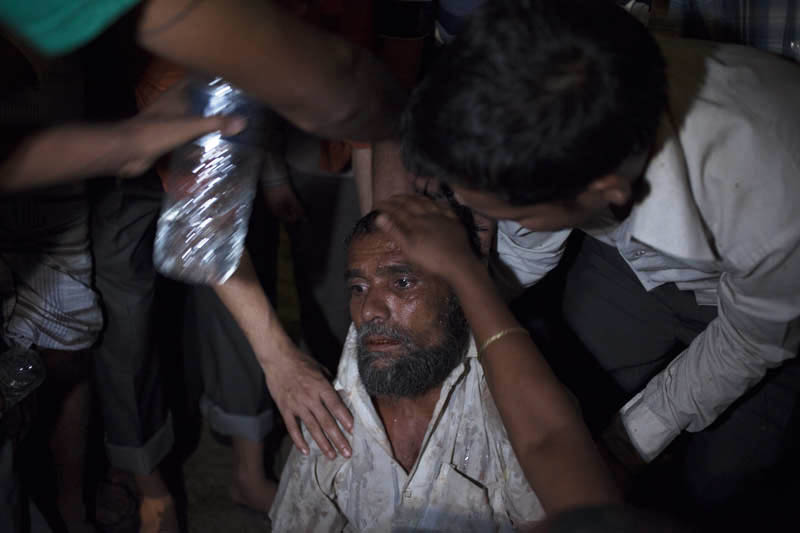
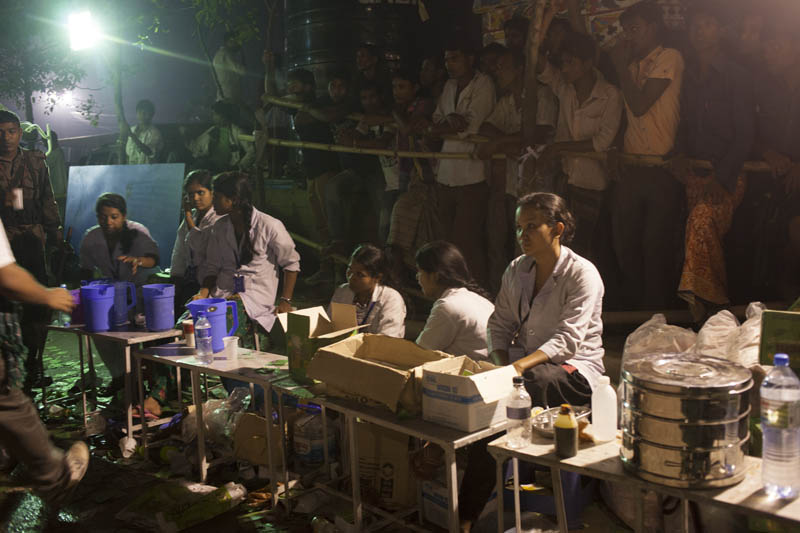
To stop these collapses from happening, the Clean Clothes Campaign calls upon brands sourcing from Bangladesh to sign on to the Bangladesh Fire and Building Safety Agreement immediately. The CCC, together with local and global unions and labour rights organisations has developed a sector-wide program for action that includes independent building inspections, worker rights training, public disclosure and a long-overdue review of safety standards. It is transparent as well as practical, and unique in being supported by all key labour stakeholders in Bangladesh and internationally.
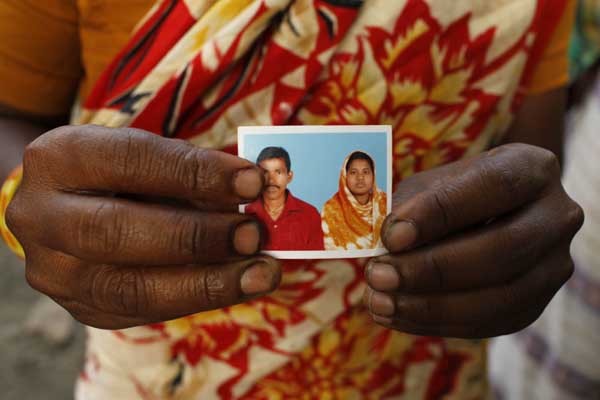
The agreement was already signed last year by the US company PVH Corp (owner of Calvin Klein and Tommy Hilfiger) and the German retailer Tchibo. The labour signatories are now calling on all major brands sourcing in the industry to sign on to the initiative in order to ensure its rapid implementation. The programme has the potential to save the lives of hundreds of thousands of workers currently at risk in unsafe and illegally built factories.
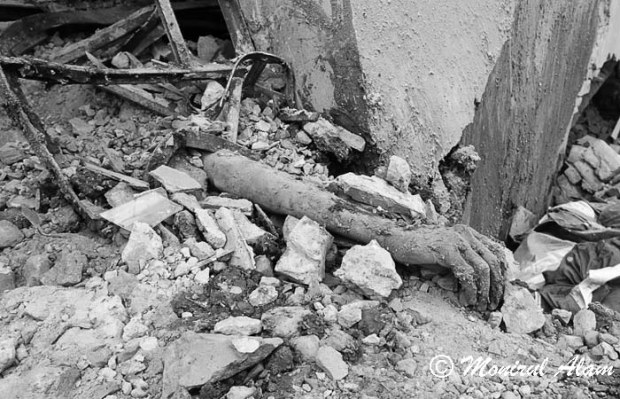
CCC has been campaigning on safety issues in Bangladesh since the collapse of the Spectrum factory in 2005, which left 64 people dead and involved high street brand Zara.